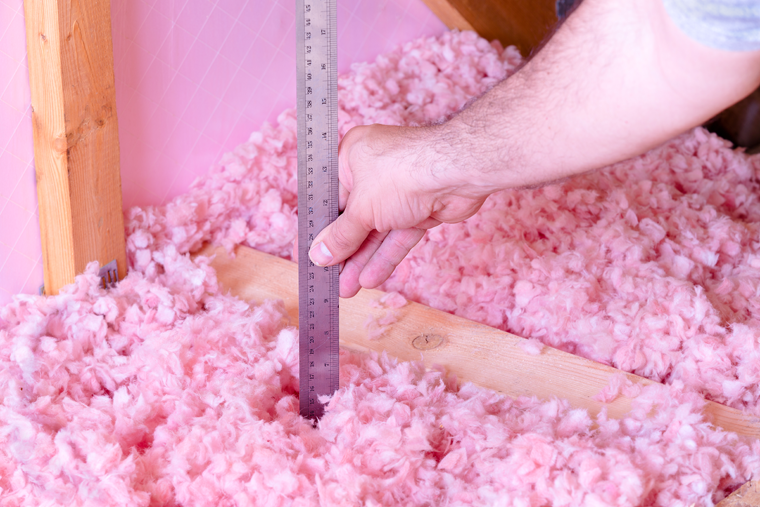
Blown In Insulation
There is no escaping it: If you live in cold climates, keeping your house warm, especially in winter, can be expensive. As the price of natural gas and electricity keeps rising, you can anticipate the cost of heating homes to continue on an upward trend. However, you can cut the heating costs by using blown-in insulation.
What is Blown-In Insulation?
Blown-in insulation is the spraying or blowing of an insulation product (loose fillings) to fill empty spaces, such as attics, sloped ceiling, midfloors, floors or cavities, to help slow down heat or cold transmission. The most popular chipping product used for blown-in insulation is cellulose, which is practical and more cost-effective.
Features
With blown-in insulation, the common cellulose filling material is a type of wood or paper-based product. The material is thick, dense, and clumpy, meaning it can maintain consistency just like feathers do.
The fillings come in small shape and size, which ensures they can easily fit in all enclosed areas, no matter the shape. Furthermore, their shapes also conform well around obstructions, such as ducts and wires, which are common in attics and walls.
The material used to prepare cellulose can be prepared from any cellular plant source, such as sisal or corncobs. However, most commercial blown-in insulation fillings are mainly derived from wood, especially recycled cardboards, newspapers, office paper, cardboards and other types of waste papers. Because of this, blown-in insulation using cellulose is considered eco-friendly.
To provide you with the insulation you want, small holes are drilled through the drywall to permit the blower nozzle to get through and inject the fillings. In the case of attics, the cellulose chippings are blown through joist cavities.
Benefits of Blown-In Insulation
- The blown-in insulation process can be completed fast.
- Very effective in offering insulation.
- Blown-insulation is eco-friendly.
- Resists rodents and insects.
- Resists mold growth.
- Fire retardant.
- Cost-effective.
- Can be used even in attics with nonstandard joist spacing.
- Offers acoustical insulation.
When installed well, blown-in insulation is a great way to improve energy efficiency, cut utility bills and lower your carbon footprint. To enjoy these benefits and many others, make sure to work with a professional in attic insulation services.
